Gomguksijib (곰국시집)
1.4Km 2025-05-15
24, Mugyo-ro, Jung-gu, Seoul
Museo del Tteok (떡박물관)
1.4Km 2021-07-16
Donhwamun-ro 71, Jongno-gu, Seúl.
En este lugar se encuentran en exposición diferentes utensilios y artículos que se utilizan para preparar el tteok (pastelillos dulces de arroz de distintos sabores y formas); infusiones y licores tradicionales que son ideles para acompañarlos en cualquier ocasión. El tteok es un tipo de postre coreano que presenta miles de variedades y sabores. La receta de cada tipo de tteok es muy científica y sabe exactamente cómo respetar los ingredientes para obtener un resultado sublime en cuanto al sabor, propiedades nutricionales, textura y aroma.
Calles de los Hanok de Ikseon-dong (익선동 한옥거리)
1.4Km 2025-05-26
Ikseon-dong, Jongno-gu, Seúl
Legación Rusa de Corea (서울 구 러시아공사관)
1.4Km 2022-03-04
Jeongdong-gil 21-18, Jung-gu, Seúl
Calle de los Hanok de Ikseon-dong (익선동 한옥거리)
1.4Km 2025-05-26
Ikseon-dong, Jongno-gu, Seúl
Parque Tapgol (탑골공원)
1.4Km 2021-12-30
Jong-ro 99, Jongno-gu, Seúl
+82-2-731-0534
También conocido como Parque Pagoda, el Parque Tapgol, localizado al lado del templo Weongaksa de la era Joseon, es el primer parque moderno construido en Seúl. El remplo Weongaksa era conocido como templo Heungboksa durante la dinastía Goryeo, pero fue renombrado cuando fue ampliado durante los inicios de la era Joseon. Sin embargo, fue destruido durante el reinado de Yeonsangun y Jungjong debido a la fuerte política de represión hacia el budismo. Más adelante, un parque occidental fue contruido a propuesta del inglés John Mcleavy Brown, pero no hay información precisa sobre la razón y la fecha. El parque contiene varios tesoros nacionales, incluidas la placa que conmemora el movimiento independentista Wongaksaji y la estatua de Byeong-hee. El parque es de gran valor histórico y un espíritu nacional al ser el punto de inicio de la Protesta de Independencia del 1° de mayo de 1919.
Chamsutgol (참숯골)
1.4Km 2025-05-13
16, Mugyo-ro, Jung-gu, Seoul
+82-2-774-2100
Choryuhyang (초류향)
1.4Km 2025-05-19
24-10, Dadong-gil, Jung-gu, Seoul
Chanyangjip (찬양집)
1.5Km 2025-07-18
5, Donhwamun-ro 11da-gil, Jongno-gu, Seoul
Dalgaebi (달개비)
1.5Km 2025-05-14
16, Sejong-daero 19-gil, Jung-gu, Seoul
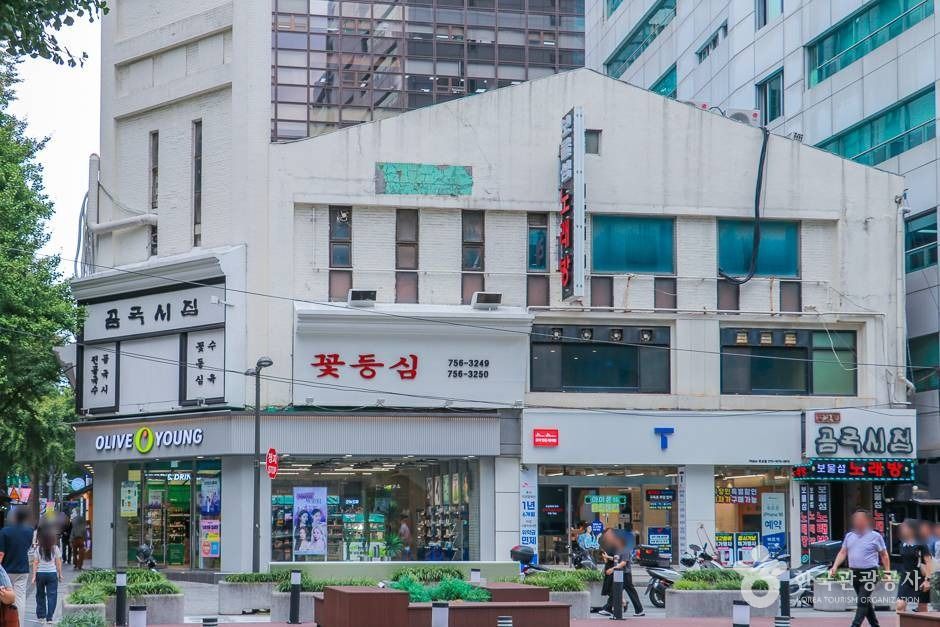
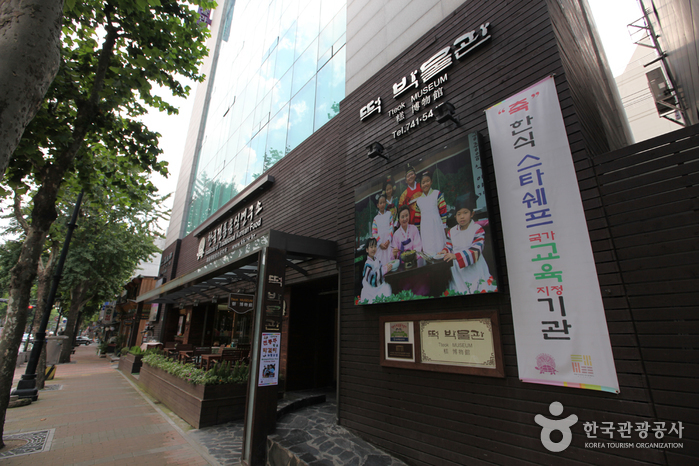
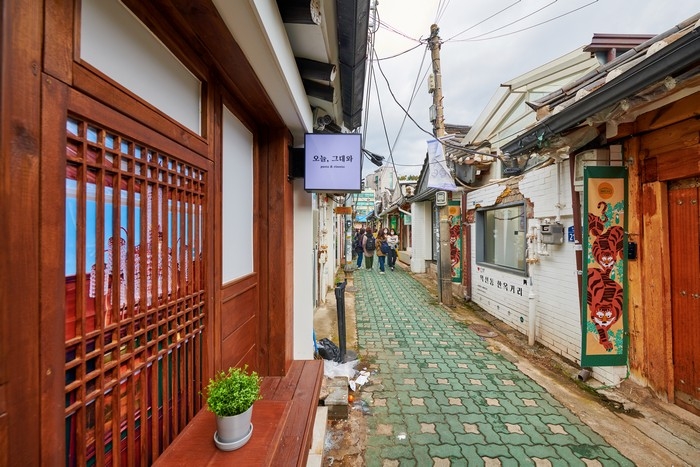
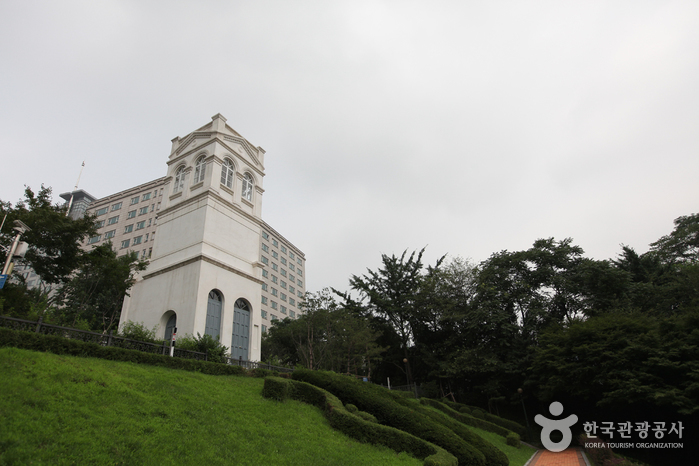
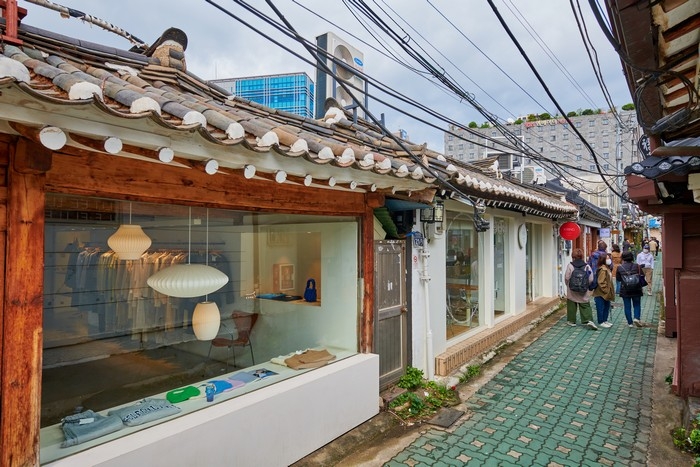
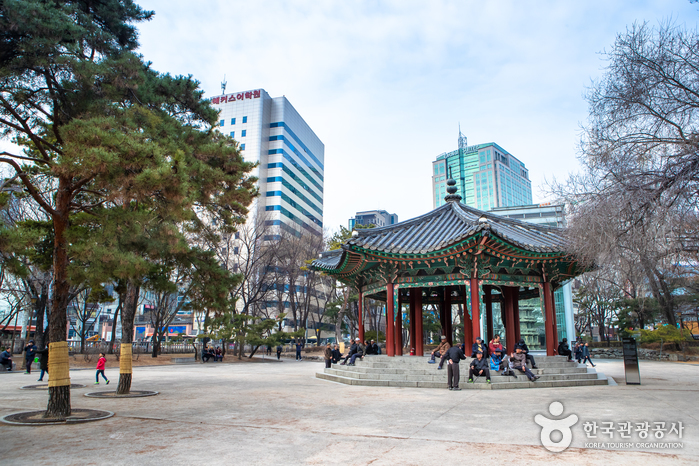
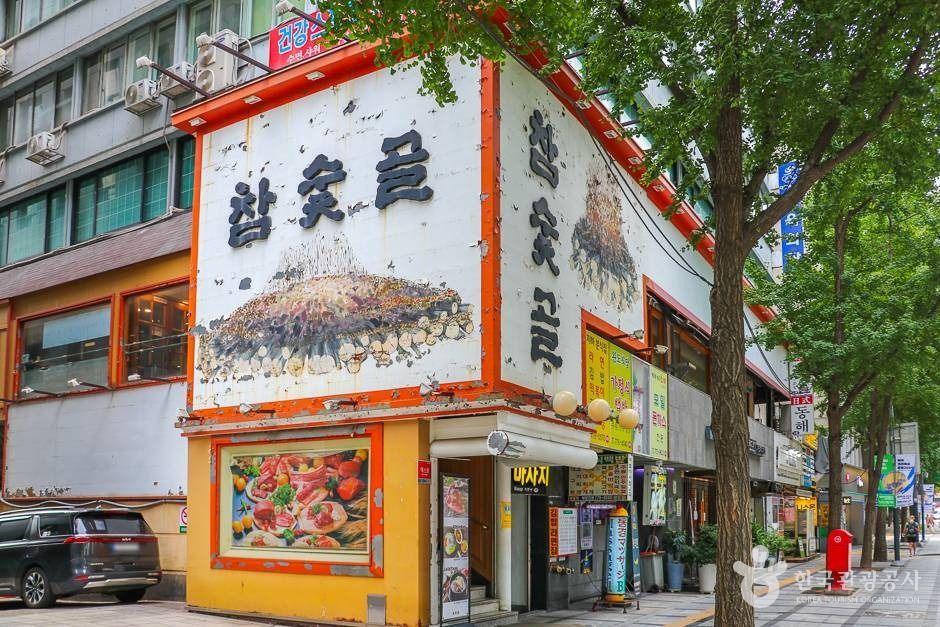

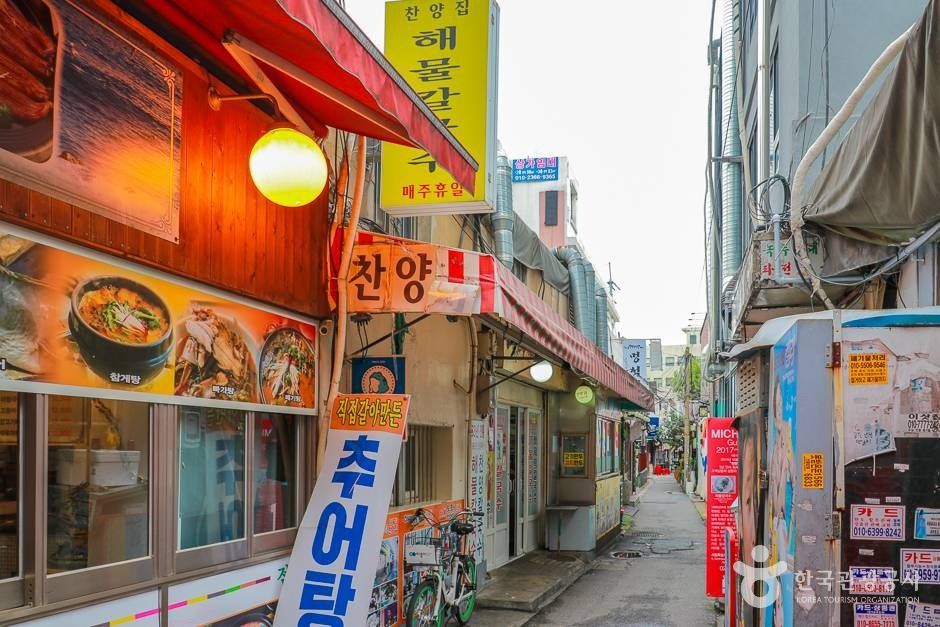
 Español
Español
 한국어
한국어 English
English 日本語
日本語 中文(简体)
中文(简体) Deutsch
Deutsch Français
Français Русский
Русский